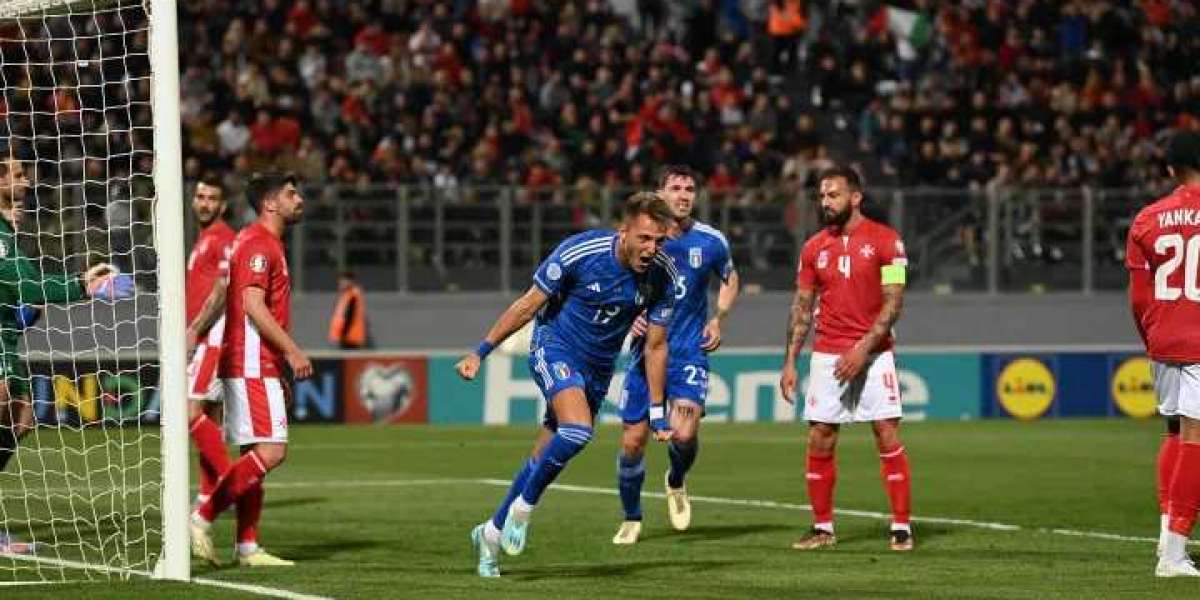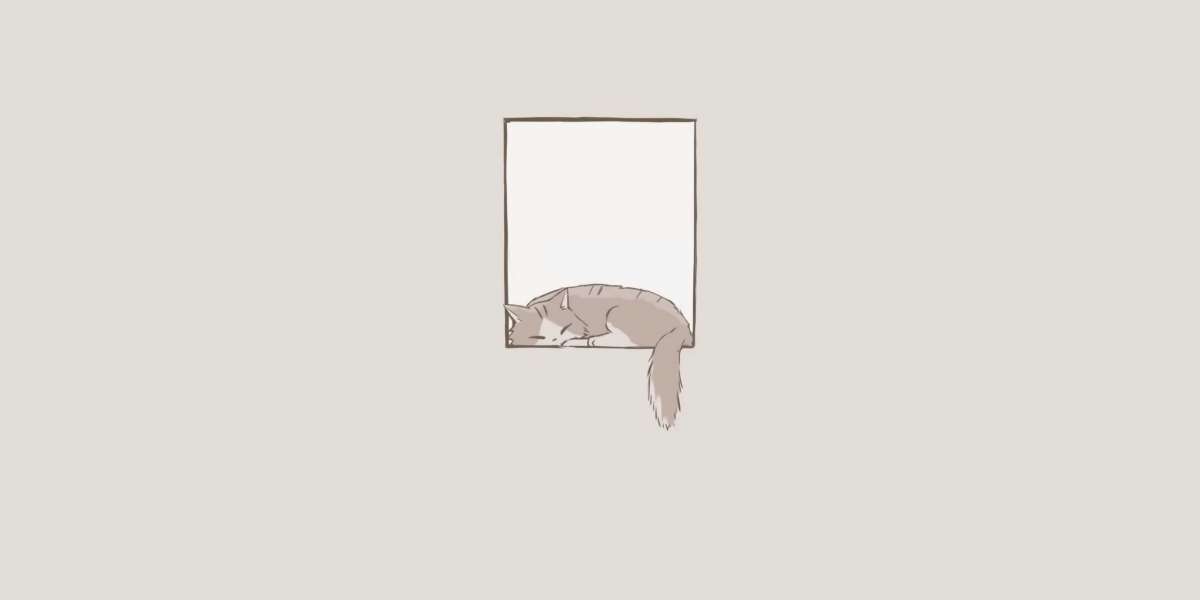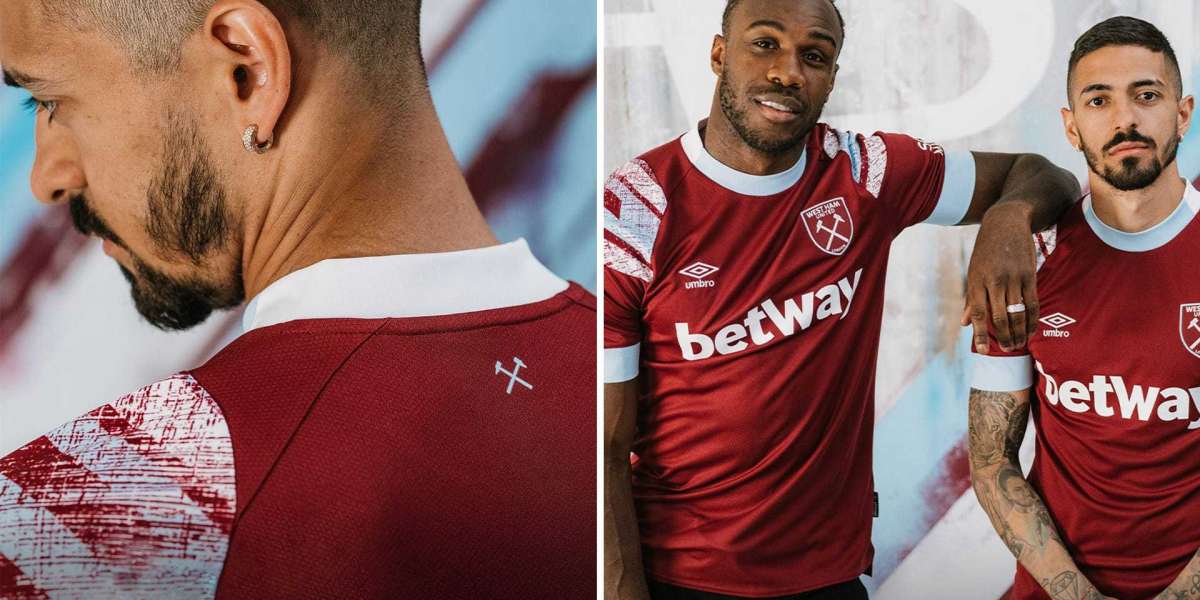Projectors have become an essential tool in various settings, from classrooms to home theaters. When it comes to choosing the right projector, one of the key considerations is the throw distance. The throw distance refers to the distance between the projector and the screen, and it can significantly impact the viewing experience. In this article, we will explore the pros and cons of short throw and long throw projectors, helping you make an informed decision.
Short Throw Projectors
A short throw projector is designed to project a large image from a short distance. This makes it ideal for small spaces where there is limited room between the projector and the screen. One of the main advantages of short throw projectors is that they eliminate the problem of shadows caused by people walking in front of the projector. With a short throw projector, you can position it close to the screen without obstructing the image.
Short throw projectors are also great for reducing eye strain. Since they are positioned closer to the screen, the light emitted from the projector is less likely to directly hit your eyes, resulting in a more comfortable viewing experience. Additionally, short throw projectors are often equipped with advanced features such as lens shift and keystone correction, allowing for easy adjustment of the image to fit the screen perfectly.
Long Throw Projectors
On the other hand, long throw projectors are designed to project a large image from a greater distance. This makes them suitable for larger spaces such as conference rooms or auditoriums. One of the main advantages of long throw projectors is that they can produce a brighter image compared to short throw projectors. This is because the light has a longer distance to travel, allowing for better light dispersion and less loss of brightness.
Long throw projectors are also more flexible in terms of installation options. They can be mounted on the ceiling or placed on a table at the back of the room, providing more versatility in positioning. Additionally, long throw projectors often have a wider zoom range, allowing for greater flexibility in adjusting the image size.
Breaking Down the Pros and Cons of Short Throw vs. Long Throw Projectors
Now that we have explored the pros and cons of short throw and long throw projectors individually, let's compare them side by side to help you make an informed decision:
| Short Throw Projectors | Long Throw Projectors |
|---|---|
| Eliminates shadows caused by people walking in front of the projector | Can produce a brighter image |
| Reduces eye strain | More flexible installation options |
| Advanced features like lens shift and keystone correction | Wider zoom range |
As you can see, both short throw and long throw projectors have their own advantages and considerations. The choice ultimately depends on your specific needs and the environment in which the projector will be used.
For small spaces and situations where shadows are a concern, a short throw projector may be the best option. On the other hand, if you have a larger space and require a brighter image, a long throw projector would be more suitable. Consider factors such as room size, desired image size, and installation options when making your decision.
Remember, it's always a good idea to test different projectors in person before making a purchase. This will allow you to see the image quality and evaluate how well the projector performs in your specific environment.
Conclusion
Choosing between a short throw and long throw projector is an important decision that can greatly impact your viewing experience. By understanding the pros and cons of each type, you can make an informed decision that suits your needs and preferences.
For more information on projectors and their features, check out the following resources:
Remember to always do thorough research and read reviews before making a purchase. Happy projecting!








